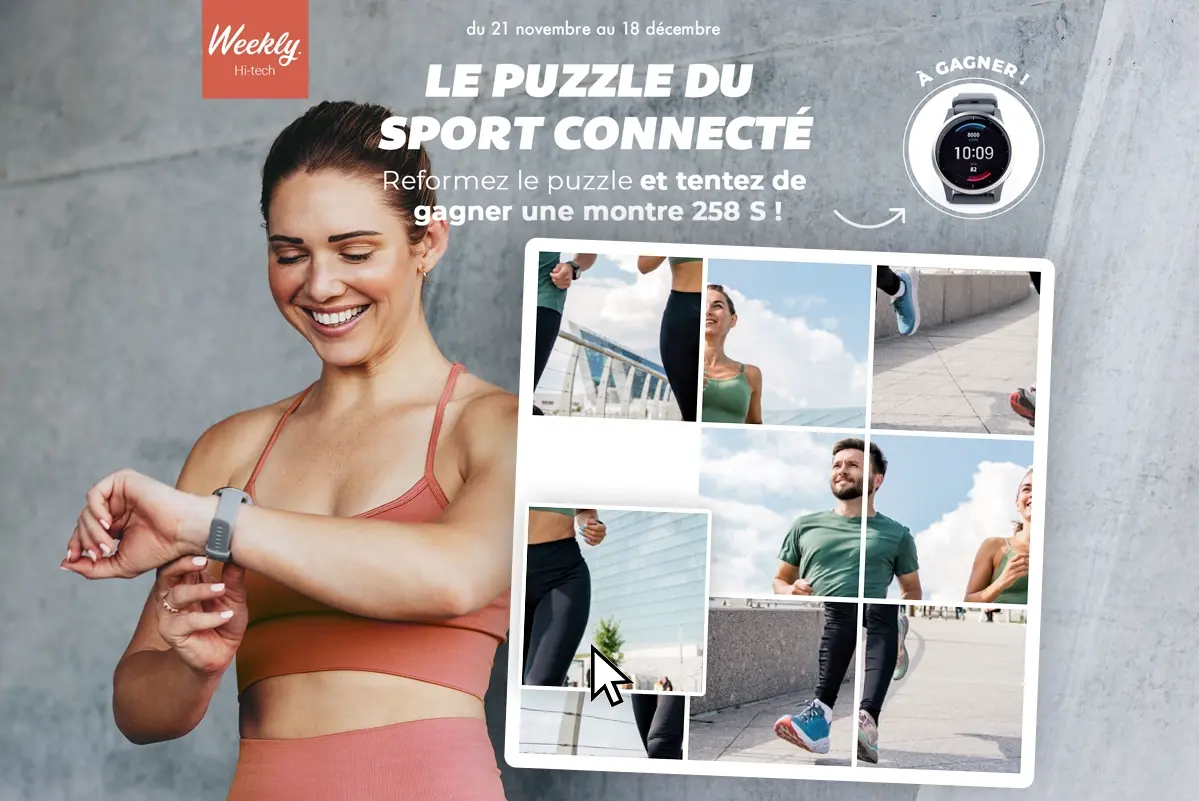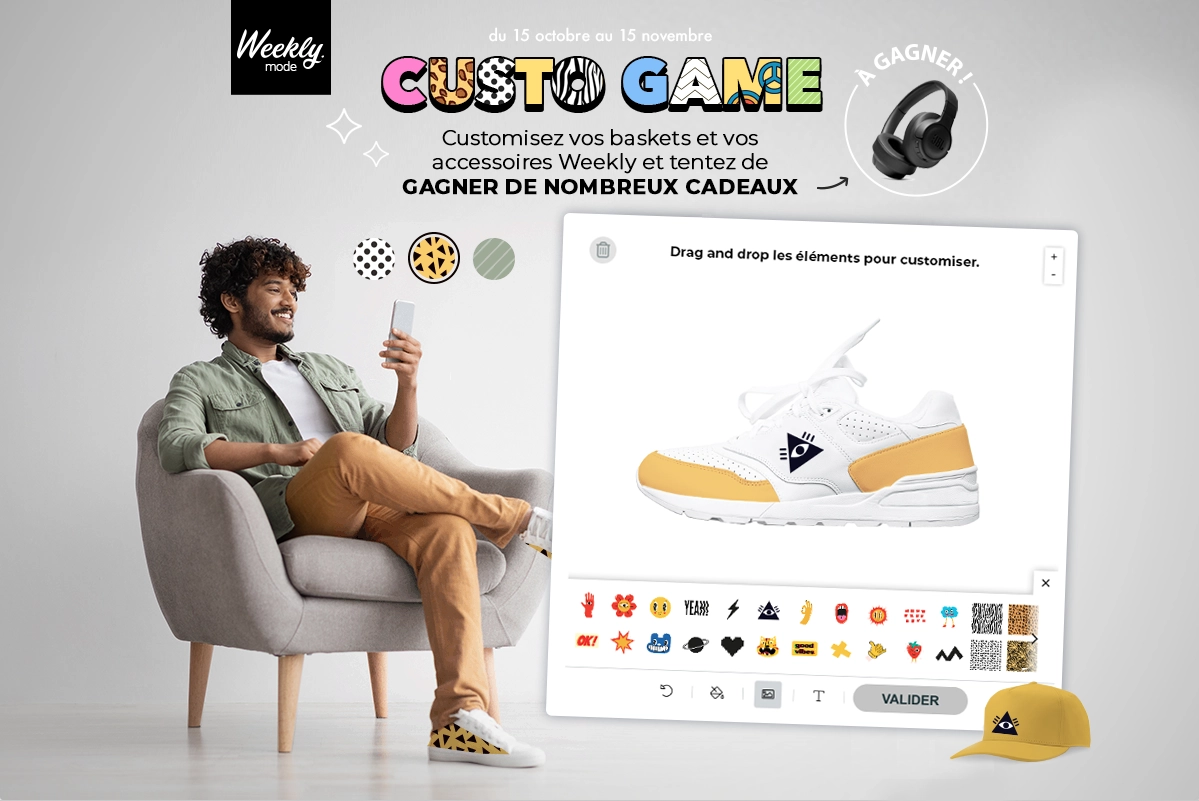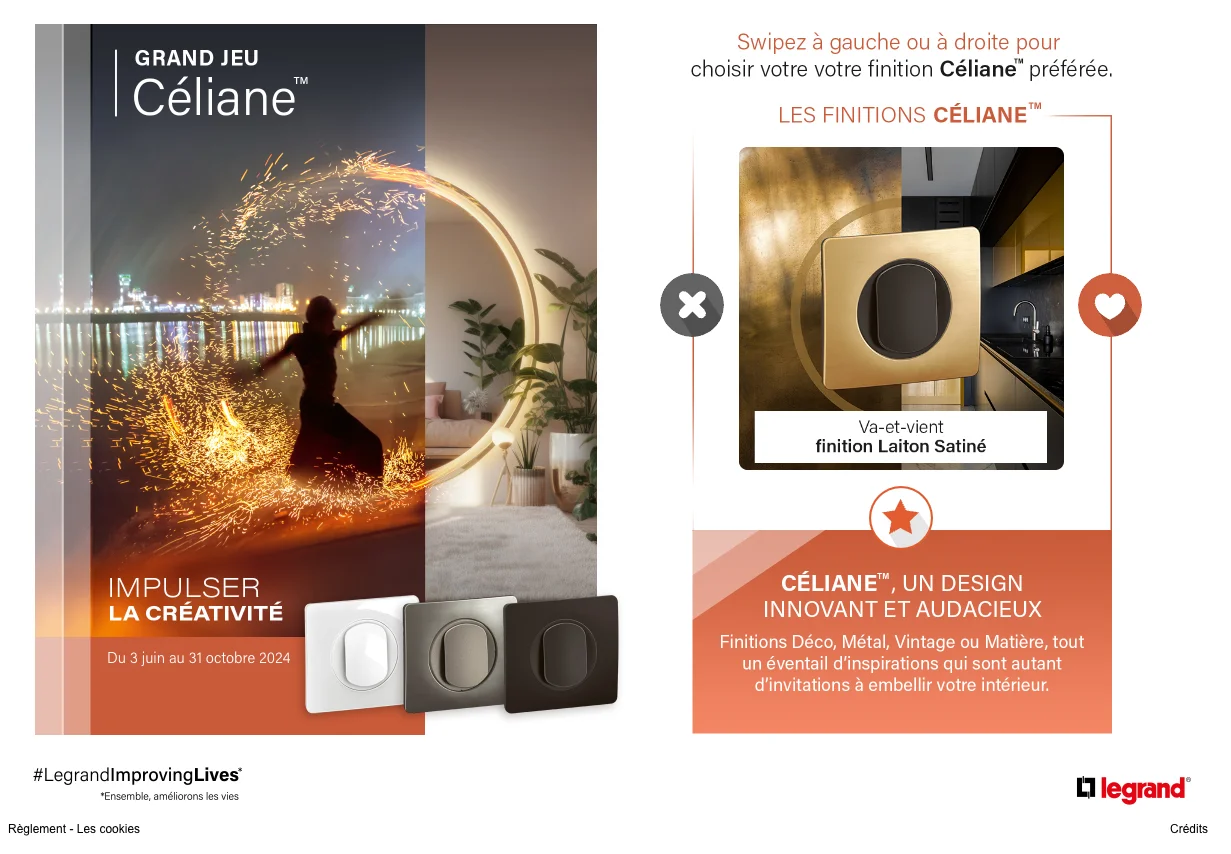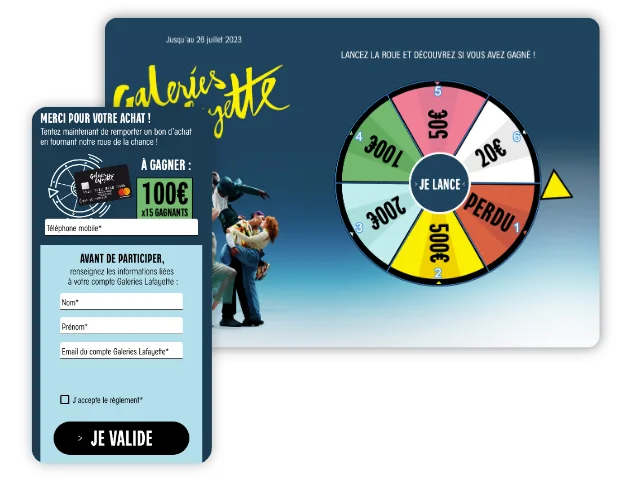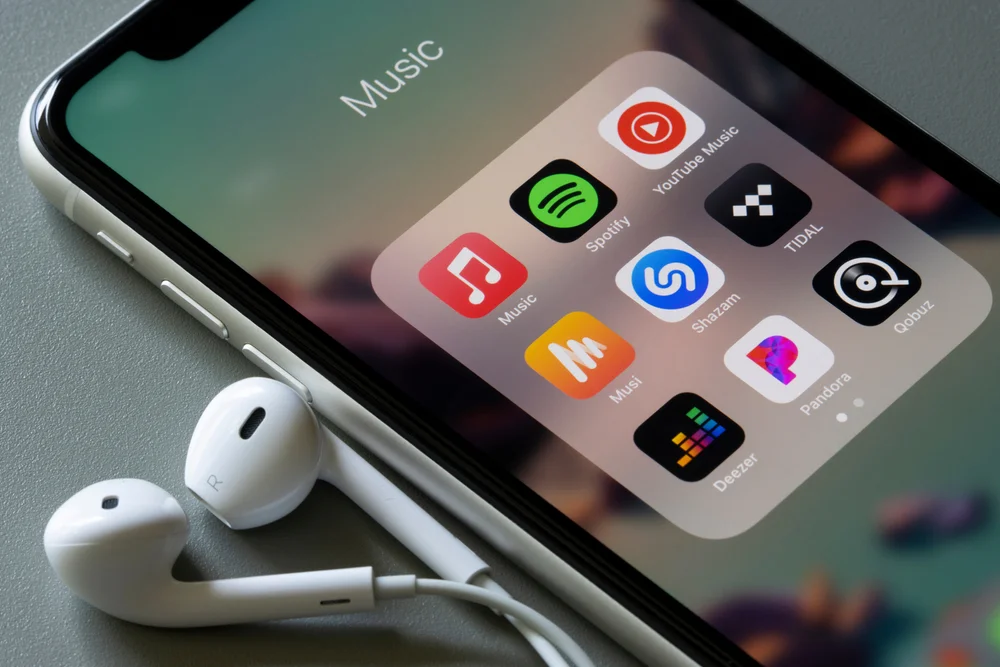
What is segmentation in marketing? Complete guide and tools
A study carried out by Harvard Business School reveals that 95% of products launched on the market fail to find their audience because of poor segmentation.
Brands understand the importance of personalising their offering. But also the way in which they communicate with consumers. That’s right, each buyer has unique preferences and expects companies to address their needs effectively.
Before setting up a campaign or launching a new product, brands need to understand their audience and segment it into groups. In this article, we will look at the issues involved in segmentation and the techniques for segmenting your customer base and boost the campaigns ROI.
Segmentation in marketing: what is it?
Segmentation in marketing consists of dividing your market (i.e. consumers interested in a product or service) into sub-groups. Within these groups, we find buyers with common characteristics that are relevant to the brand. These may be demographic or behavioural profiles.
By identifying and targeting consumer segments, companies can tailor their products, services and marketing efforts to meet the needs and preferences of their audience.
For example, segmentation in marketing has enabled the men’s skincare brand Old Spice to identify a group of customers it had not thought to address: women who buy this type of product for their partner.
What are the different types of marketing segments?
1) Demographic segmentation (the who). This strategy consists of segmenting your audience on the basis of characteristics such as age, gender, education, income, profession (in the B2B sector) and so on. The advantage of this approach is that it is easy to implement (the data is simpler to collect).
2) Psychographic segmentation (the why). Here, the brand groups its prospects and customers according to their interests, values, aspirations or personality traits. Given that these characteristics are subjective, this is a more difficult strategy to implement. It is more effective because it strengthens understanding of the market.
3) Geographical segmentation (where). Une marque présente à l’international peut segmenter ses clients en fonction de leur pays de résidence. Elle adaptera la langue qu’elle utilise, mais aussi la tonalité des communications en fonction des codes spécifiques aux pays.
4) Behavioural segmentation (the how). The brand groups buyers according to common behaviours (the way they interact with companies). This can include their consumption habits, online browsing, brand loyalty, etc. This data is easy to collect (on its website or social networks) and makes it possible to personalise the customer experience.
Why use segmentation in marketing?
Segmentation in marketing requires effort and resources. Nevertheless, it is a strategy to better understand its audience and personalise its campaigns, boosting their ROI.
The advantages of segmenting your customer database include :
- Better use of resources. Segmentation enables you to focus your marketing efforts and budget on consumers who are likely to want to buy. It is essential to target its marketing or emailing campaigns and make the message more powerful and more likely to convert.
- A stronger brand image. Une entreprise qui comprend à qui elle s’adresse et adopte des messages alignés avec les valeurs de ses clients aura plus de chances de fédérer une communauté. C’est aussi un facteur de différenciation. Il donne aux entreprises un avantage concurrentiel sur les autres marques de son secteur.
- Optimised profitability. Companies have seen their acquisition costs soar. The ROI of marketing campaigns (particularly Ads campaigns) has become a key factor in maintaining profitability and viability. Segmentation in marketing makes it possible to target the audience for digital advertising and convert more with the same budget.
Gamification as a marketing segmentation tool
Before you can create customer segments, you need to collect qualitative data. Data collection is an increasingly complex area of marketing activity. The announced end of third-party cookies proves that it is essential for brands to ‘own their data’ (by collecting first-party data). Elles ne dépendront plus d’autres acteurs pour refine customer knowledge.
To maximise these third-party data collection levers, brands need to use tools that will enable them to build up enriched, reliable and relevant CRM databases. Gamification is one of these tools, as animations and competitions offer a number of advantages:
- They enable a wider audience to be reached: 1.5x more users are prepared to share their data via a gamified experience.
- They are more engaging and captivating. En moyenne, les expériences interactives gamifiées génèrent 40x more engagement in terms of time spent with the brand.
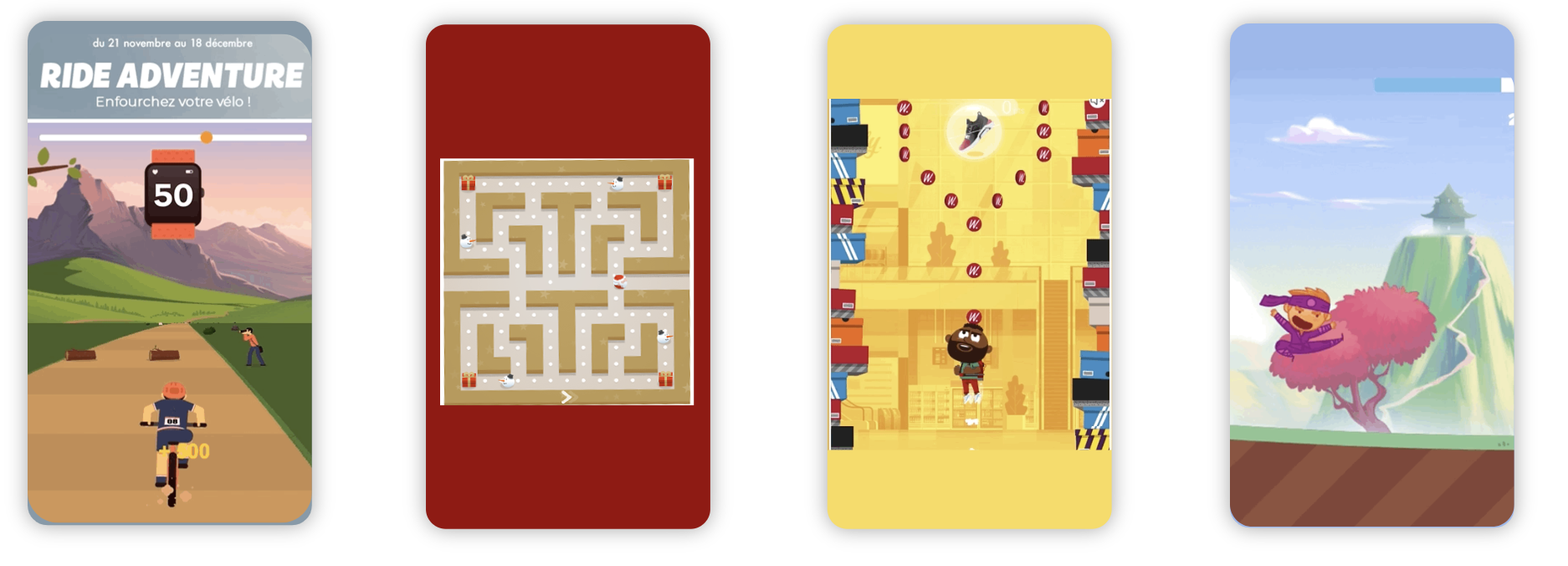
Brands can therefore use gamification in two ways to collect data:
- By asking participants in a game to fill in a collection form (before or after the experiment).
- By choosing a game mechanic that collects data by analysing the behaviour of participants. Here, the prospect does not necessarily fill in a form, but shares data via a Quiz or product preference collection mechanisms such as Swiper.
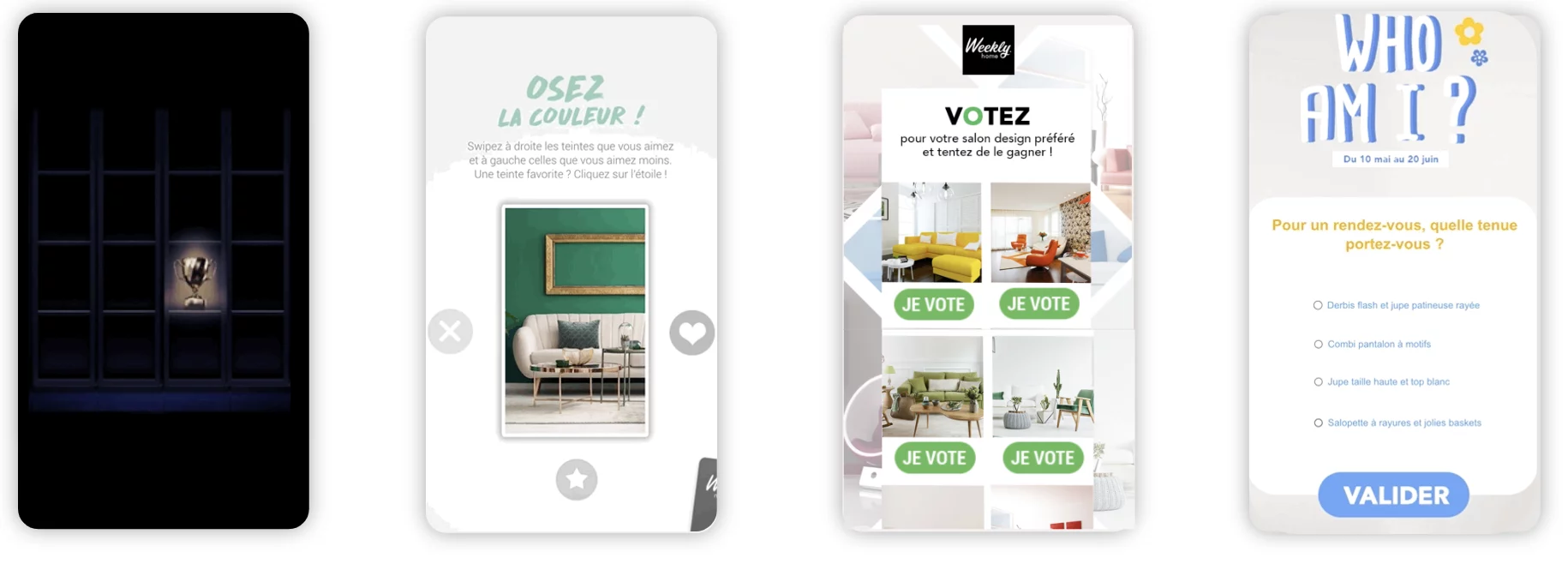
Segment the data collected via an interactive experience
A tool like Segment (combined with a Playable Marketing platform) facilitates this work. The data is processed directly via the tool, which can then be used to automatically create up to 30 customised segments. Brands can then adapt their communications to ensure they deliver the right message to the right person, via the right channel.
Companies will also be able to A/B test their segmentation strategy The tool offers greater visibility over the performance of each campaign, with detailed reports enabling the impact of each action to be monitored in real time.
Conclusion



